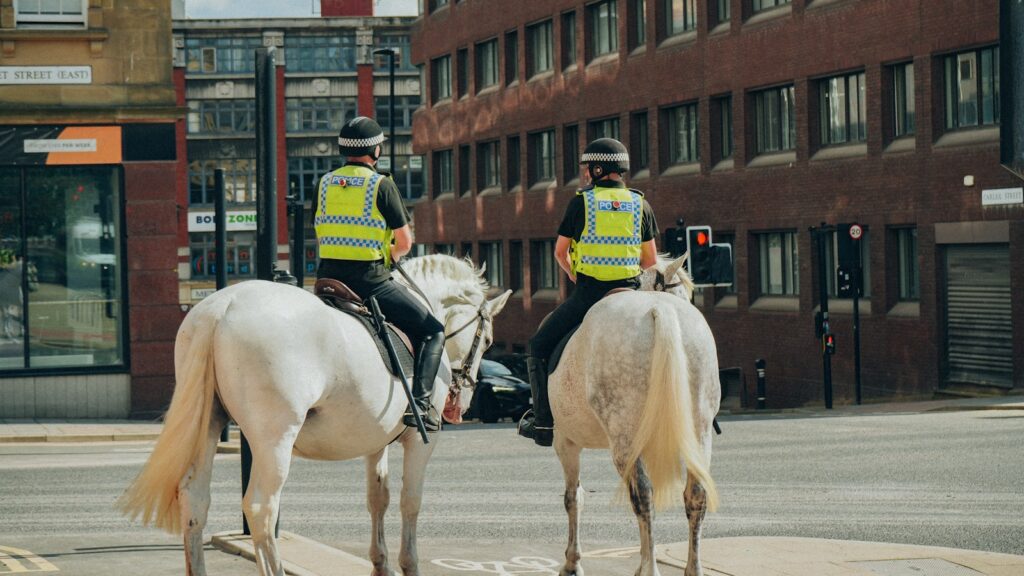For centuries, horses have served alongside law enforcement officers, creating an unparalleled partnership that combines strength, intelligence, and reliability. While modern policing has embraced technological advances, mounted police units remain highly effective for crowd control, patrol in challenging terrain, and community engagement. The success of these units largely depends on selecting the right equine partners – breeds specifically suited to the unique demands of police work. This article explores the most trusted horse breeds that have proven themselves in law enforcement settings worldwide, examining their distinctive qualities and the reasons they excel in maintaining public safety.
The Ideal Police Horse: Key Characteristics
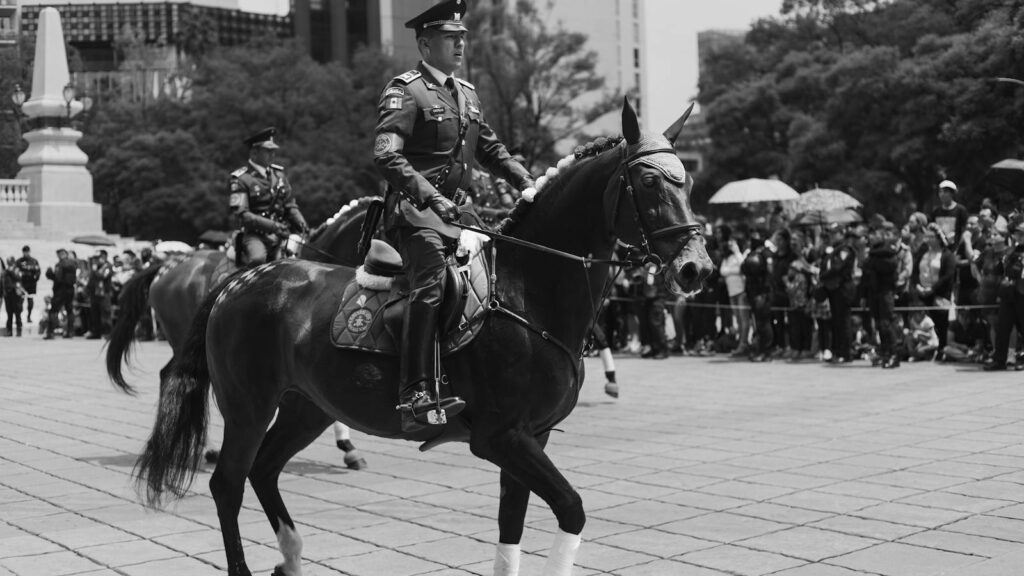
Police horses face a unique set of challenges that demand specific physical and temperamental traits. The ideal police mount must possess an exceptional level of calmness under pressure, maintaining composure amid loud noises, flashing lights, crowds, and other potential chaos. Physically, these horses must be sturdy enough to carry an officer and equipment for extended periods, often weighing over 250 pounds combined. Good health and soundness are non-negotiable, as these animals may work long shifts in various weather conditions and on different surfaces. Additionally, intelligence and trainability rank high on the list of desirable qualities, as police horses must learn complex commands and respond appropriately in unpredictable situations.
Percheron: The Gentle Giant
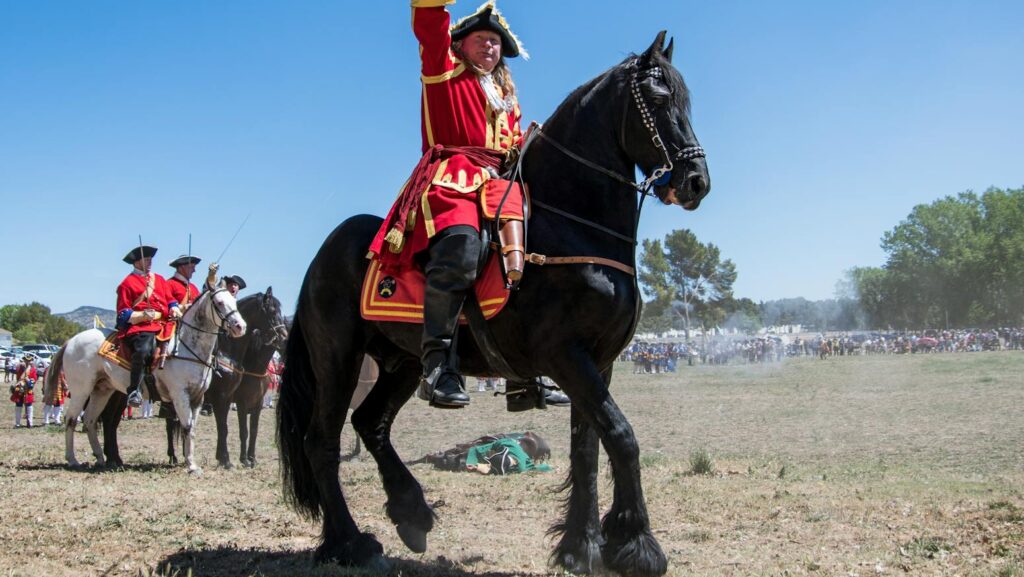
The Percheron, originally bred as a war horse in France, has found a new purpose in modern police forces around the world. Standing between 15 and 19 hands high, these massive draft horses combine impressive strength with remarkable gentleness and patience. Their calm demeanor makes them ideal for crowd control situations, where they remain steady despite chaos, noise, and movement around them. Percherons possess excellent endurance, allowing them to patrol for hours without showing signs of fatigue. Their intelligence and willingness to learn make training relatively straightforward, as they quickly adapt to the unique demands of police work and form strong bonds with their handlers.
Quarter Horse: America’s Versatile Partner
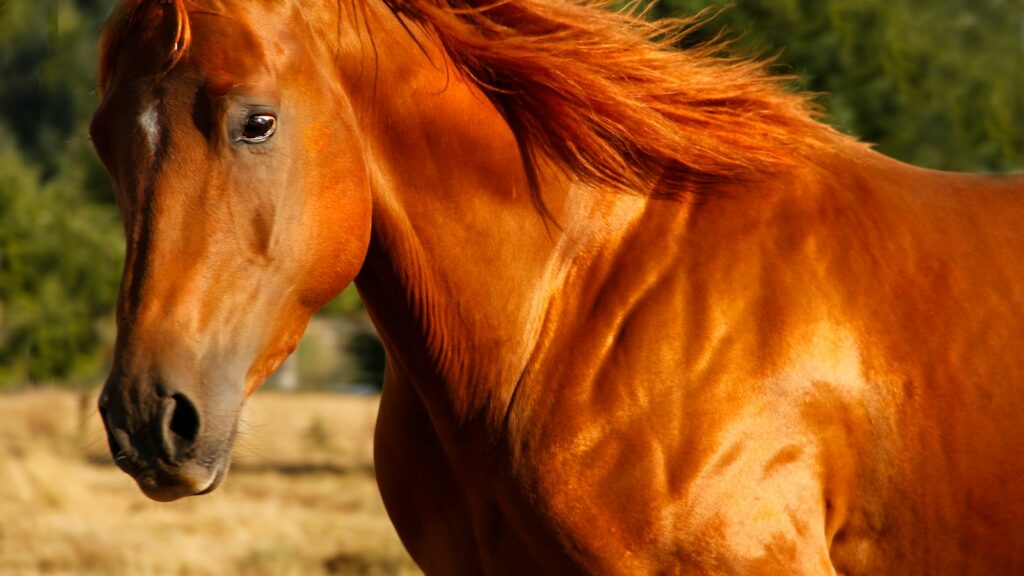
The American Quarter Horse stands as one of the most versatile breeds in police work, particularly prevalent in U.S. mounted units. Known for their exceptional sprinting capability—able to outrun most breeds in quarter-mile distances—they provide officers with quick maneuverability when necessary. Quarter Horses typically possess a stocky, muscular build that combines strength with agility, making them well-suited for various patrol environments from urban streets to rugged terrain. Their calm, level-headed temperament allows them to remain steady in chaotic situations, while their intelligence facilitates training for specialized police tasks. Many departments favor Quarter Horses for their adaptability, reasonable size (typically 14.3 to 16 hands), and renowned durability that minimizes health issues during service.
Thoroughbred: Athletic Excellence in Service
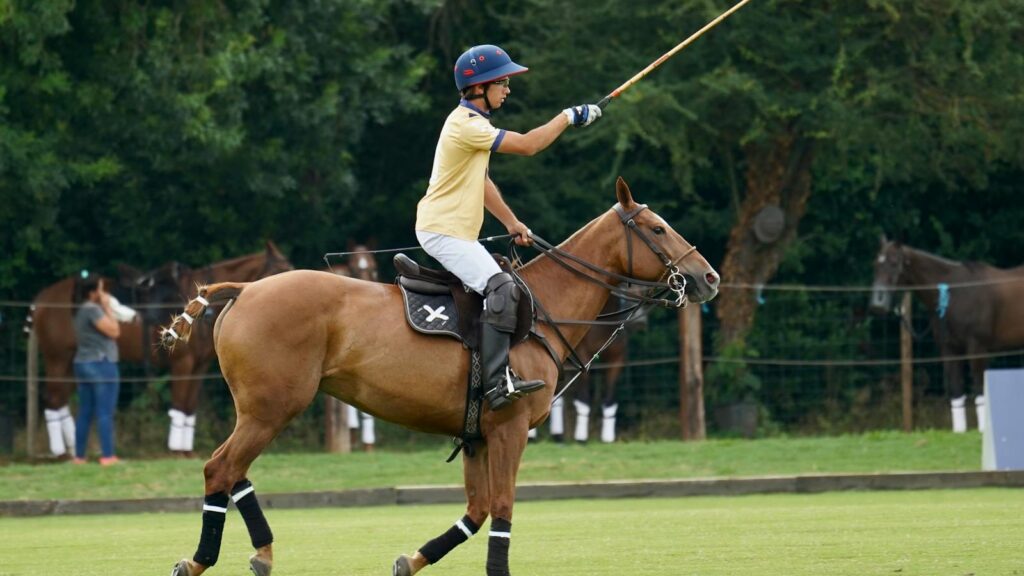
While commonly associated with racing, properly selected Thoroughbreds have proven themselves exceptional police horses when chosen for the right temperament. Their natural athleticism, stamina, and quick reactions make them particularly valuable for mounted units that cover large areas or need to respond rapidly to incidents. Standing typically between 15.2 and 17 hands, these horses possess the height advantage that allows officers better visibility in crowds while maintaining an authoritative presence. Many departments select retired racehorses or those bred for hunters/jumpers, focusing on individuals with calmer dispositions who can be desensitized to urban stimuli. The Thoroughbred’s intelligence and eagerness to please facilitate the intensive training required for police work, though they generally require more experienced handlers than some other breeds.
Clydesdale: Impressive Presence with Gentle Nature
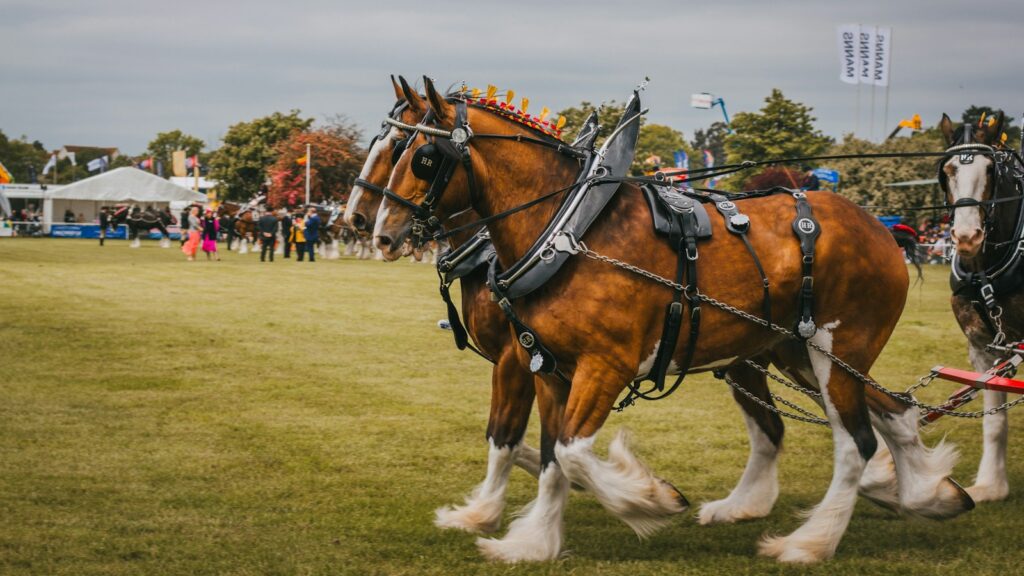
The Clydesdale, with its striking appearance and massive build, creates an unmistakable presence that commands respect in crowd control situations. These gentle giants, standing between 16 and 18 hands high and often weighing over 2,000 pounds, possess a unique combination of imposing stature and remarkably gentle temperament. Their natural calm demeanor allows them to remain steady even in chaotic environments with loud noises, sudden movements, and unpredictable human behavior. Clydesdales’ elevation gives mounted officers exceptional visibility across crowds while their broad chests can be effectively utilized for moving large groups of people when necessary. Despite their size, these horses demonstrate surprising agility and stamina during extended patrols, though departments must consider their higher feeding requirements and specialized care needs.
Hanoverian: European Precision and Intelligence
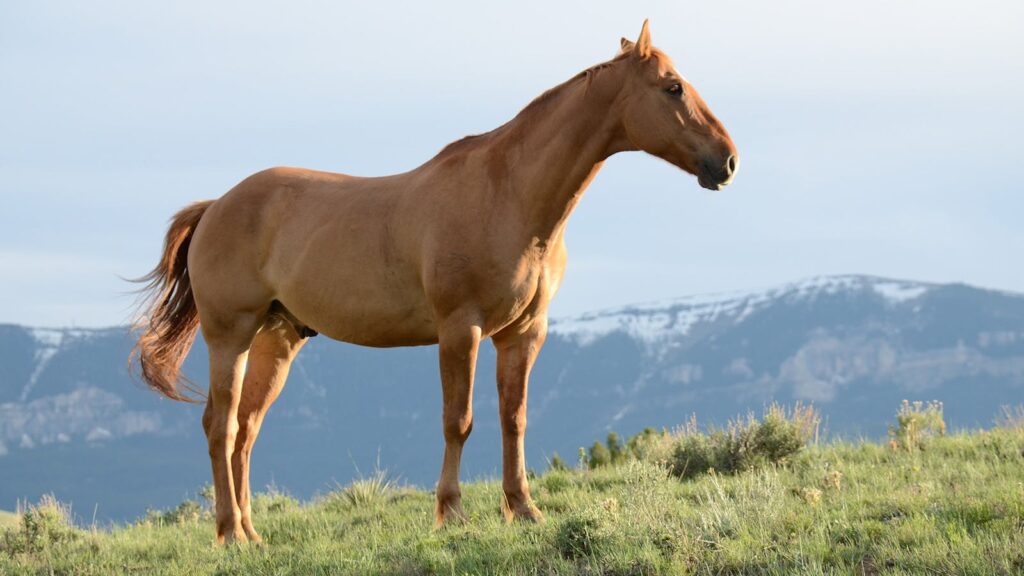
The Hanoverian, a prestigious German warmblood breed, brings European refinement and exceptional intelligence to police forces worldwide. These horses, standing between 15.3 and 17.2 hands high, combine the strength needed for police work with elegant movement and exceptional trainability. Their natural athleticism allows them to navigate various terrains with ease, from paved urban streets to park trails and uneven natural settings. Hanoverians are particularly noted for their exceptional memory and ability to learn complex tasks, making them ideal for specialized police operations requiring advanced training. Their balanced temperament—alert but not overly reactive—serves officers well in situations requiring both vigilance and calmness, though they typically require handlers with more advanced horsemanship skills to bring out their best qualities.
Dutch Warmblood: Balanced Temperament for Urban Settings
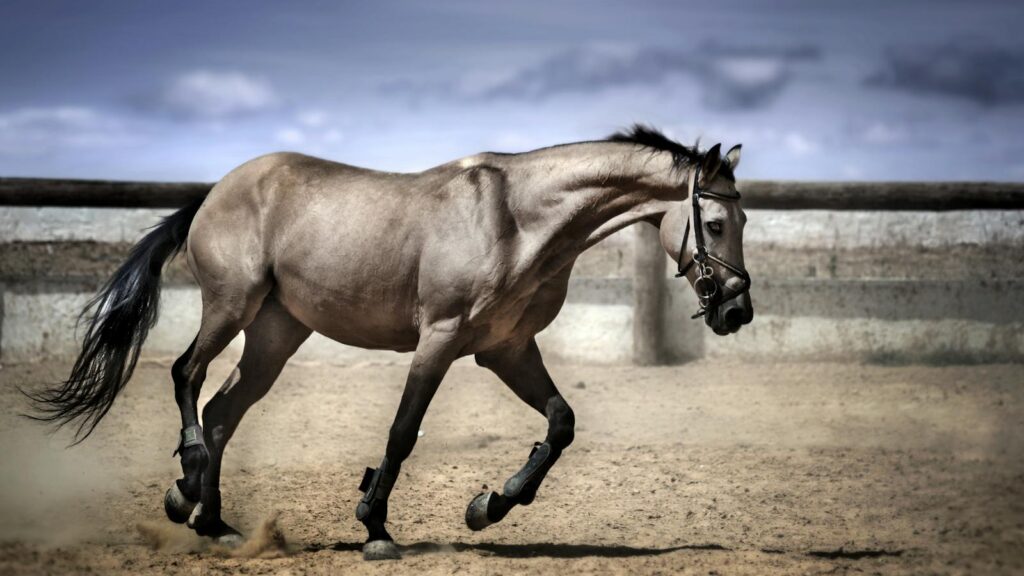
The Dutch Warmblood has gained popularity among urban police departments for its exceptional combination of physical capability and mental stability. These horses, typically standing between 15.2 and 17 hands, possess a sturdy but athletic build that handles the physical demands of city patrol work with remarkable efficiency. Their even temperament allows them to remain calm amid urban chaos—traffic, construction noise, crowds, and unexpected disturbances that would unsettle many other breeds. Dutch Warmbloods demonstrate particular excellence in their mental processing ability, quickly assessing novel situations without overreacting, a crucial trait for effective police horses. Their natural intelligence facilitates training for specialized tasks, while their physical soundness and generally robust health minimize downtime due to medical issues, making them cost-effective options for mounted units.
Friesian: Distinctive Appearance with Reliable Performance
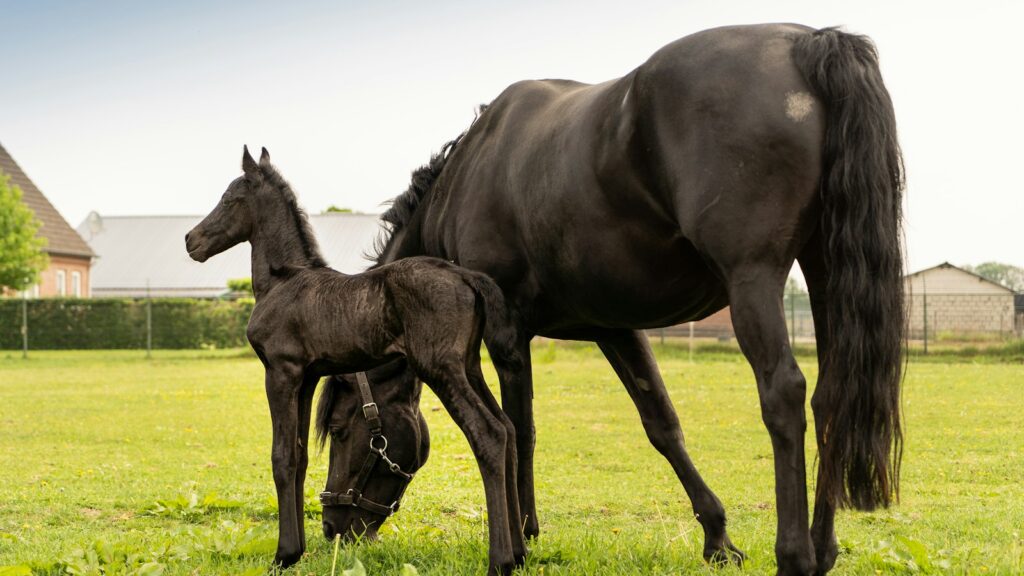
The Friesian’s striking black coat and flowing mane create an unmistakable silhouette that enhances police presence at public events and during ceremonial duties. Beyond their dramatic appearance, these horses bring substantial practical advantages to mounted units, including a steady disposition that remains unflappable during chaotic situations. Standing typically between 15 and 17 hands high, Friesians combine an imposing presence with the agility needed for maneuvering through urban environments. Their willing temperament and natural desire to please make them exceptionally trainable, forming strong bonds with their handlers and reliably executing commands even in distracting environments. While historically bred as carriage horses, their powerful hindquarters and balanced movement provide the strength and stamina necessary for extended patrol shifts.
Irish Draught: The Versatile Problem-Solver
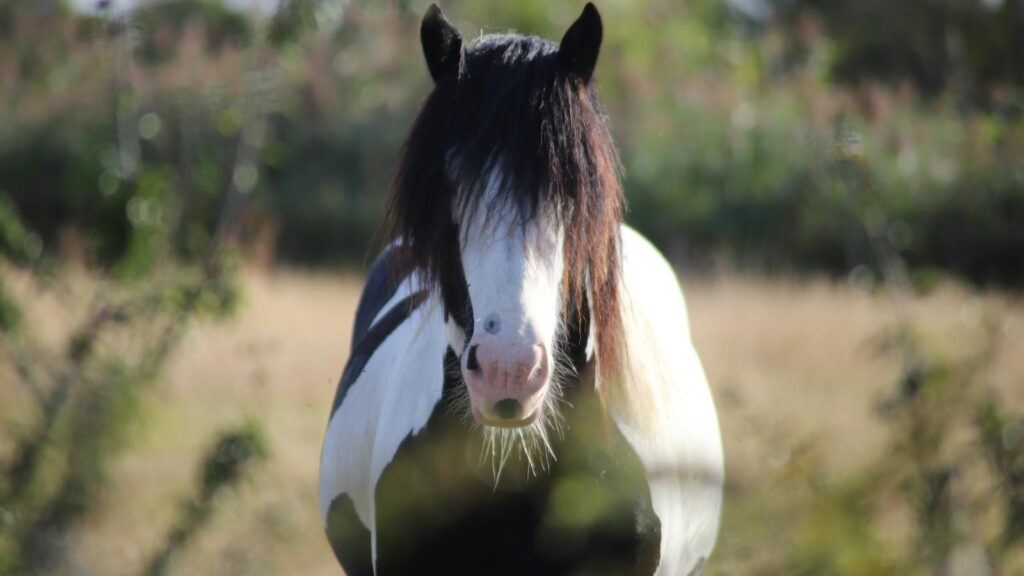
The Irish Draught has earned its reputation as one of the most versatile and level-headed breeds in police service worldwide. These horses, developed in Ireland as all-purpose farm animals, bring an exceptional combination of strength, agility, and sensible temperament to law enforcement work. Standing between 15.2 and 16.3 hands, they possess adequate size for crowd control while remaining maneuverable in tight spaces and varying terrain. Their renowned intelligence manifests as remarkable problem-solving abilities and quick adaptation to new situations, making them invaluable during unexpected incidents. Irish Draughts are particularly celebrated for their “common sense” approach to startling stimuli—they may notice potential threats but assess them rationally rather than reacting with fear or flight. Their natural hardiness and typically sound constitution minimize health issues, making them cost-effective long-term investments for police departments.
Belgian Draft: Unwavering Stability Under Pressure
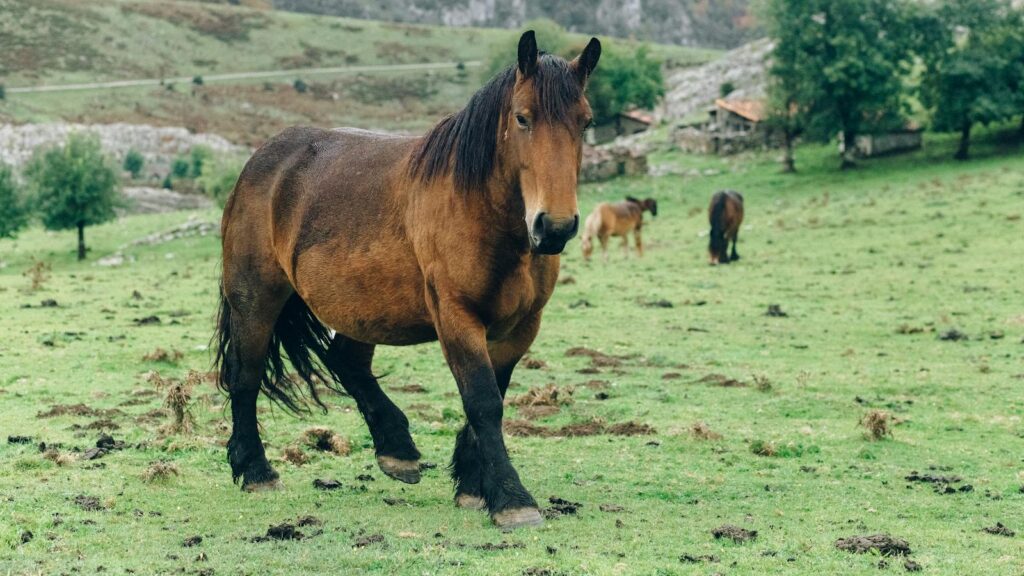
The Belgian Draft horse brings exceptional physical and temperamental stability to police forces seeking reliable mounts for the most challenging situations. These powerful horses, standing between 16 and 18 hands high and often weighing over 2,000 pounds, create an imposing presence that naturally commands respect during crowd control operations. Their remarkable patience and gentle nature, despite their massive size, make them ideal for community outreach programs where public interaction with police horses is encouraged. Belgians demonstrate exceptional tolerance for urban stimuli that might disturb other breeds—construction noise, traffic, sudden movements, and even fireworks often leave them unfazed. Their physical endurance allows for extended patrol shifts, though departments must consider their substantial nutritional requirements and specialized care needs, including appropriate shoeing for their large hooves.
Trakehner: Elegance Combined with Resilience
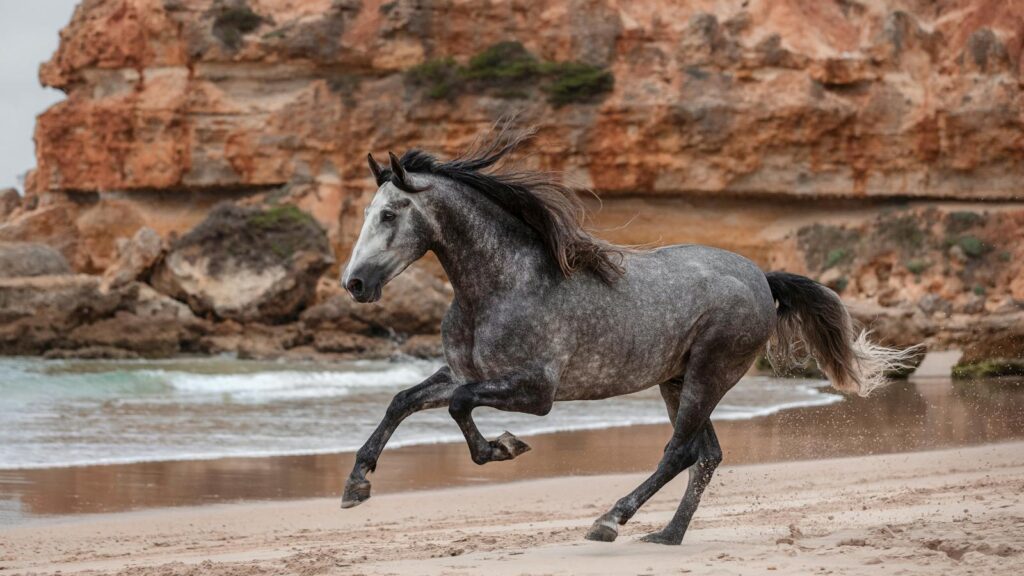
The Trakehner, one of the oldest warmblood breeds, brings a unique combination of refinement and mental toughness to police work that few other breeds can match. Originally developed as military mounts capable of covering vast distances in harsh conditions, today’s Trakehners typically stand between 16 and 17 hands high with a lighter but still powerful build compared to other warmbloods. Their exceptional intelligence manifests as remarkable situational awareness and quick learning capacity, allowing them to adapt rapidly to the unpredictable nature of police operations. Trakehners demonstrate notable courage under pressure, maintaining composure in chaotic environments while remaining responsive to their handlers’ subtle cues. Their natural endurance and efficiency of movement make them particularly valuable for units covering extensive patrol territories, though they generally require handlers with advanced horsemanship skills to bring out their best qualities.
Standardbred: The Unsung Hero of Urban Patrols
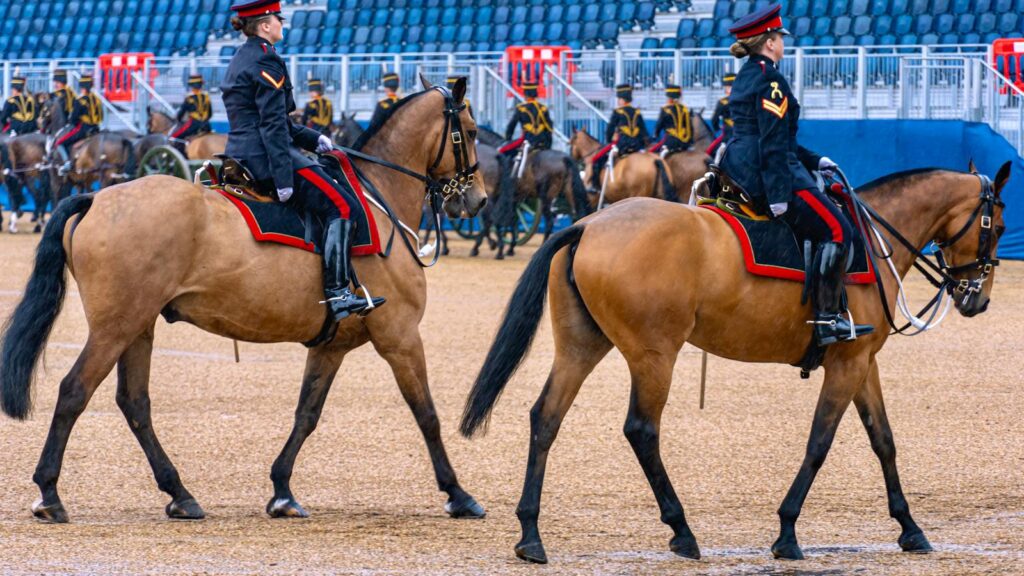
The Standardbred has emerged as a surprisingly effective police horse despite being primarily bred for harness racing rather than riding. These horses bring an exceptional combination of steady temperament, physical durability, and mental resilience to mounted patrol work in urban environments. Standing typically between 15 and 16 hands high, Standardbreds possess adequate size for police work without being so large as to create handling challenges in confined spaces. Their racing background translates to remarkable endurance during long patrol shifts, while their natural smooth gait reduces rider fatigue and joint stress during extended hours in the saddle. Standardbreds’ exposure to tracks, crowds, and noise during their racing careers often gives them a head start in desensitization training for police work. Many departments have found that retired harness racers transition exceptionally well to second careers as police mounts, making them cost-effective options that perform admirably despite their humble origins.
Training Considerations for Police Horse Candidates
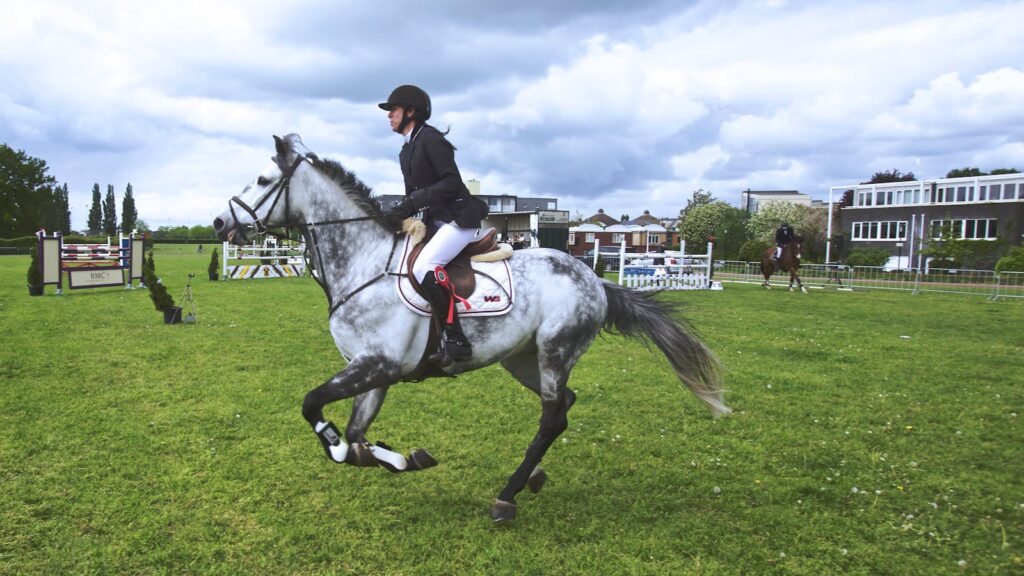
While breed characteristics provide a foundation, the intensive training process transforms promising horses into reliable police partners regardless of their bloodlines. This specialized training typically begins with desensitization to potentially frightening stimuli—flashing lights, sirens, gunfire, flags, umbrellas, and unpredictable crowds—gradually building the horse’s confidence through repeated controlled exposure. Advanced training introduces tactical maneuvers including lateral movement for crowd control, standing calmly in tight formations, and navigating challenging urban obstacles like stairs, tunnels, and slippery surfaces. Most departments require a minimum of one year of specialized training before a horse enters active duty, with ongoing reinforcement throughout their service career. The most successful programs pair horses with individual officers who develop deep bonds of trust and communication essential for high-stress situations, transcending breed differences through partnership.
Future Trends in Police Horse Selection
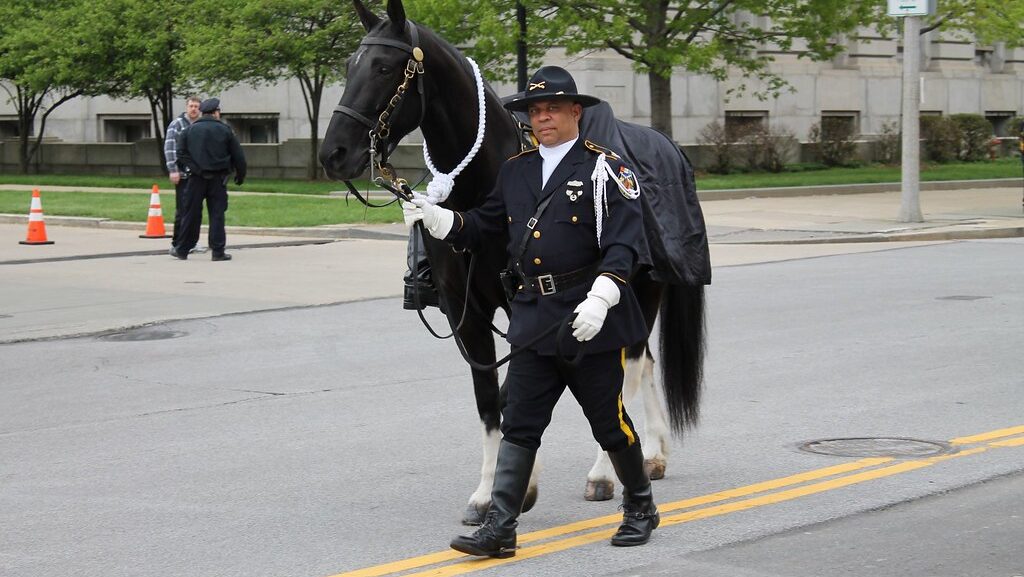
The future of mounted police units may see evolving criteria for horse selection as urban environments and policing needs continue to change. While traditional preferred breeds maintain their prominence, many departments are increasingly focusing on individual temperament assessment rather than breed-specific selection, using sophisticated behavioral testing to identify ideal candidates regardless of bloodline. Crossbred horses combining the best traits of established police breeds are gaining acceptance, particularly crosses that blend the size of draft breeds with the agility of warmbloods or Quarter Horses. Advanced health screening protocols are being implemented to identify horses with greater longevity potential, maximizing the return on the substantial investment in training. As climate change creates more extreme weather conditions, heat tolerance is becoming an increasingly important selection factor for units operating in urban heat islands or regions experiencing rising temperatures.
conclusion
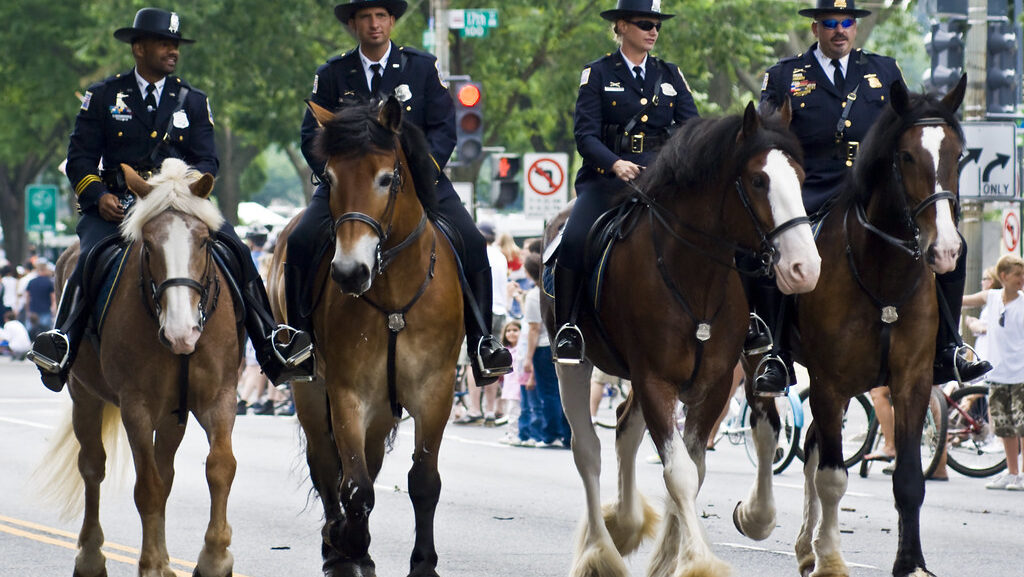
The selection of appropriate horses for police work represents a careful balance of physical capability, temperament, intelligence, and trainability that transcends simple breed categorization. While certain breeds have proven themselves particularly well-suited to the unique challenges of law enforcement, the individual horse’s characteristics and bond with its handler ultimately determine success. As mounted police units continue to demonstrate their effectiveness in modern law enforcement—particularly in community policing, crowd management, and patrol of areas inaccessible to vehicles—their equine partners remain essential contributors to public safety. The traditions of mounted policing continue to evolve, but the fundamental partnership between officer and horse stands as a testament to one of the oldest and most effective working relationships between humans and animals.

